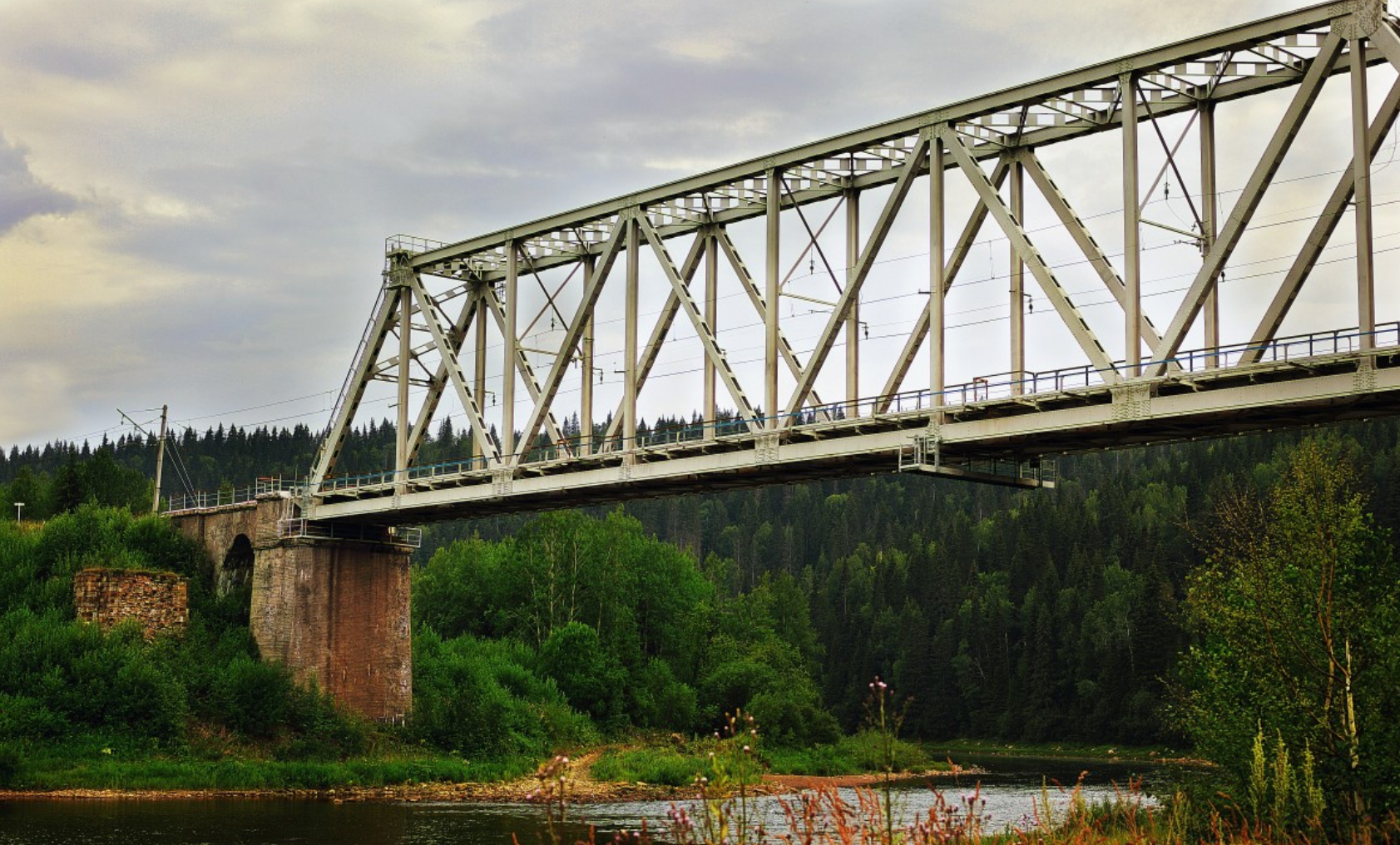5 Factors that Make up the Cost of Bridge Coating
5 Factors that Make up the Cost of Bridge Coating
The cost of recoating bridges varies considerably and it can be difficult for asset managers to drill in and see where the actual costs lie. In this article we explain some of the components that make up a bridge coating project (plus a few tips).
Preparation Method & Standard
The hardest costs to identify are in the preparation, which is always the key to a successful coating project. At one end of the scale some projects may suffice to simply have hand prep (SSPC-SP2) where at the other end, a full white metal sandblast (SSPC-SP5). Each prep method will give you a different expected lifespan and a good contractor will be able to give you a relatively clear expectation of what this will be.
Skimping on preparation is also an area where contractors can make up for low margins. So should you receive an abnormally low price, diving into the preparation aspect is generally the best place to start.
Which coating system?
Every bridge has its own unique challenges and conditions, and there are many products on the market purporting to be the answer. Selecting the right coating system will affect the price but it will also determine the lifespan of the project.
Also consider the suppliers credentials and experience in this environment. Don’t be taken in by a long supplier warranty- as this article highlights, the actual material product cost is only a small fraction of the total cost.
Film build is an important factor that also influences the cost. As a general rule a thinner film build leads to a lower life span. On the other end of the scale, poor application methods can lead to extra thick coating in areas, and this can also lead to premature degradation of the coating So it’s all about balance.
Note its a good habit with industrial coatings to refer to the number of ‘microns’ rather than ‘coats’ which gives you an accurate measure of the end result.
Access and Establishment
There are many ways to access bridge surfaces including scaffold, boom lifts, abseil etc. Care needs to be taken to ensure the selected access method will allow the contractor to achieve the required standard of work. For example, abseil is a good low cost access method for patch repairs and minor works, but typically is unsuitable for a full remediation project.
Where is the site located? How will materials get into site including water, garnet, EWPs etc - by truck, helicopter or boat? Where will the teams be accommodated? These factors impact the overall cost significantly.
Selecting the right traffic management is also important. A good way to save cost is strategically plan the project out to utilise traffic management only where necessary. For example, after scaffold erection the contractors may be able to recoat the majority of the bridge without effecting any of the traffic flows, thus minimising the need for traffic management.
Boosting up crew numbers for any managed parts of the project can reduce the number of days its required. A good example of this is the Opotiki Bridge repaint project in 2019, where we managed to shorten the project duration and pass over 8% savings back to the client through close schedule management and boosting team numbers at strategic times.
The Environment and containment
Care of the environment is something that has been overlooked historically and is now pushing the cost of bridge projects up. While every region is different, broadly speaking the contractor must use a method that doesn’t negatively impact the environment in any way.
We have found it very useful to review the consent conditions closely and build a relationship with the consent holders. Have a meeting to discuss the methods proposed and work together to get a win win solution. Also using contractors with qualifications such as ISO 14001:2015 Environmental Management will often end up with cost/time savings during the project.
Consider other factors such as volume of water consumption. Can you extract water from the river? How will contractors safely access the riverbed? Does the land surrounding the bridge belong to the local Maori tribe? Think about safe containment, storage and mixing of products onsite.
Health and safety
Health and Safety on bridge coating projects is non-negotiable, but you need to be aware that it does cost money. Managing typical hazards such as lead paint, trains, traffic, night access and steep terrain all add to the cost of the overall project. Formulating a robust safety management plan that is peer reviewed and signed off is important for the protection of the teams and public. Also a good contractor should regularly audit to verify the plan is being followed.
Traffic Management mentioned above is also an important factor with safety and the main contractor shouldn’t just trust the TMP to have their teams protected. Expect the unexpected. On a recent bridge coating project (with one lane blocked) we had an 80km/hr police chase while work was underway!!






